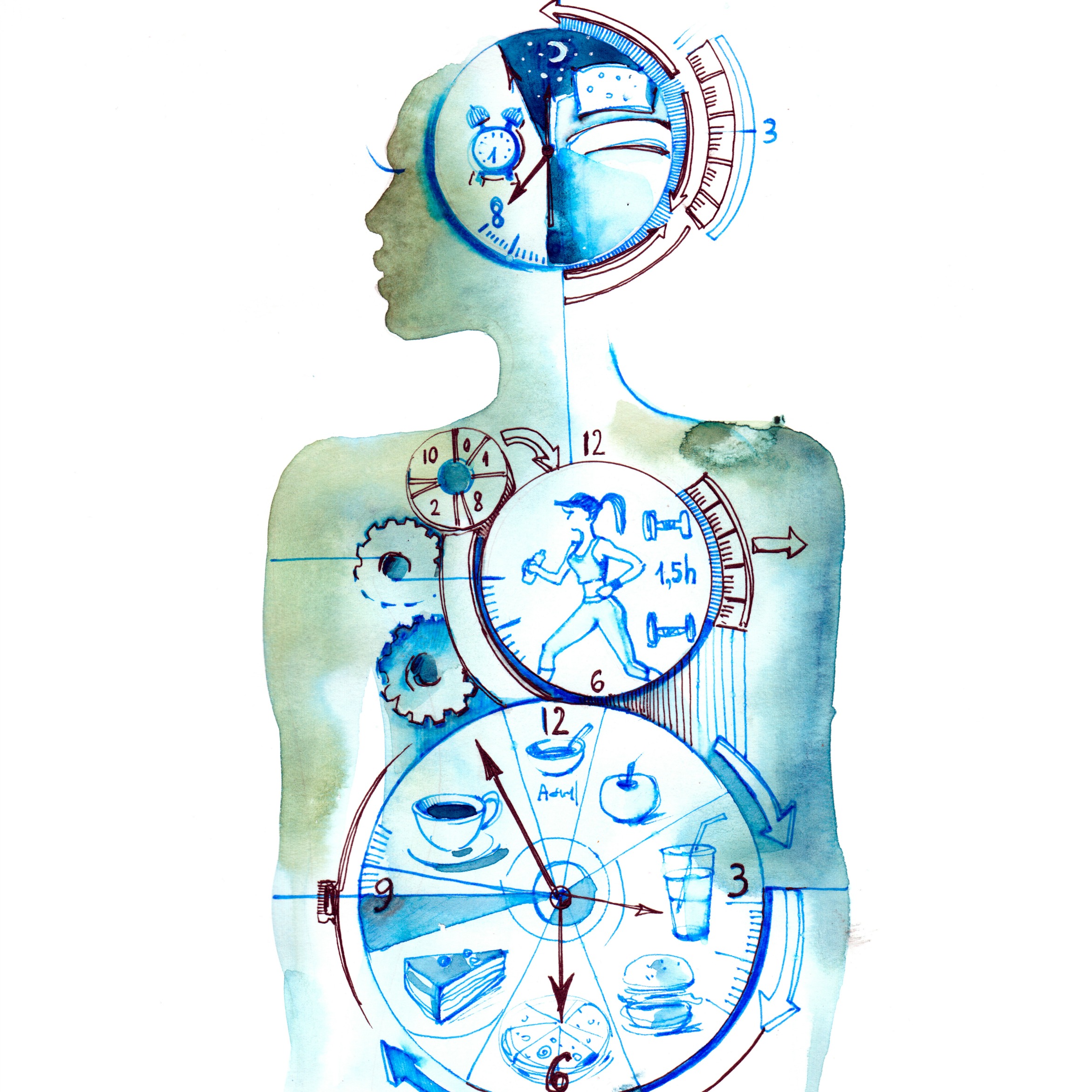“Aging is triggered when the building blocks in our cells become damaged. Where this damage occurs is for the most part random. Our work combines the accuracy of aging clocks with the accumulation of entirely stochastic changes in our cells,” said Professor Schumacher.
Less checks, more noise
With increasing age, controlling the processes that occur in our cells becomes less effective, resulting in more stochastic results. This is particularly evident in the accumulation of stochastic changes in DNA methylation. Methylation refers to the chemical changes that affect DNA, the genome’s building blocks. These methylation processes are strictly regulated within the body. However, during the course of one’s life, random changes occur in the methylation patterns. The accumulation of variation is a highly accurate indicator of a person’s age.
The loss of control over the cells and the increase in stochastic variation is not restricted to DNA methylation. Meyer and Schumacher demonstrate that the increase in stochastic variations also in the gene activity can be used as an aging clock. “In principle it would be feasible to take this even further, allowing the stochastic variations in any process in the cell to predict age,” Schumacher said. According to the authors, it is above all crucial to ascertain if such aging clocks can show the success of interventions that slow the aging process or harmful factors that accelerate aging.
Using the available datasets, the scientists showed that smoking increases the random changes in humans and that ‘anti-aging’ interventions such as lower calorie intake in mice reduces the variation in methylation patterns. They also showed that the stochastic noise is even reversible by means of reprogramming body cells to stem cells. The scientists compared human fibroblasts from the skin that were reprogrammed into stem cells and as a result of the reprogramming are rejuvenating. The high variation indicative of the age of the body cells was indeed reversed to the low stochastic noise of young stem cells.
Meyer and Schumacher hope that their findings on loss of regulation and the accumulating stochastic variations will lead to new interventions that can tackle the root cause of aging and may even lead to cellular rejuvenation. A target for such interventions could be repairing stochastic changes in DNA or improved control of gene expression.
As with anything you read on the internet, this article should not be construed as medical advice; please talk to your doctor or primary care provider before changing your wellness routine. This article is not intended to provide a medical diagnosis, recommendation, treatment, or endorsement. These statements have not been evaluated by the Food and Drug Administration.
Content may be edited for style and length.
References/Sources/Materials provided by:
This article was written at the University of Cologne
bjoern.schumacher@uni-koeln.de
https://www.cecad.uni-koeln.de/outreach/news/article/how-aging-clocks-tick/




